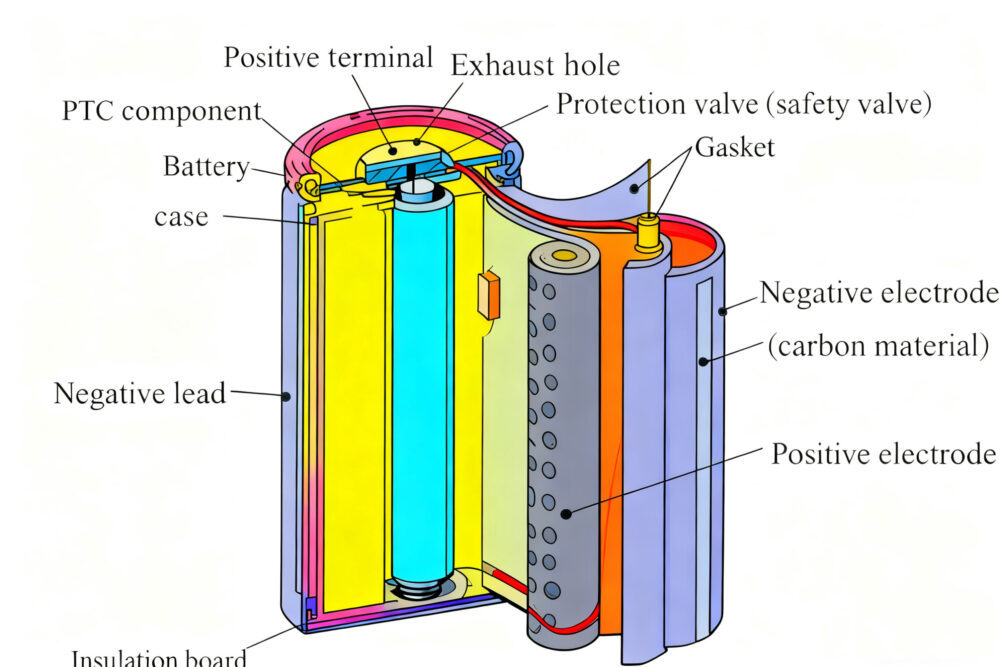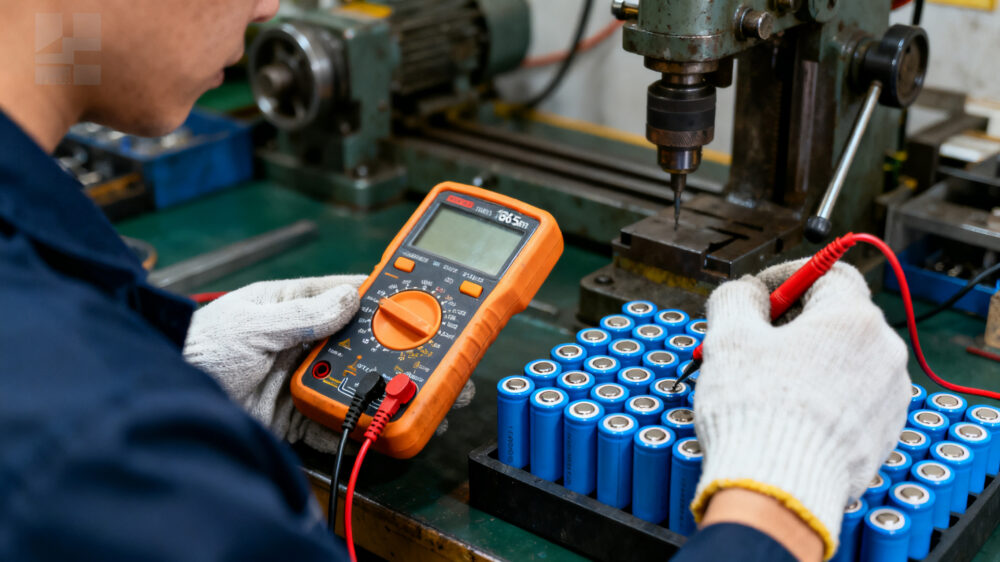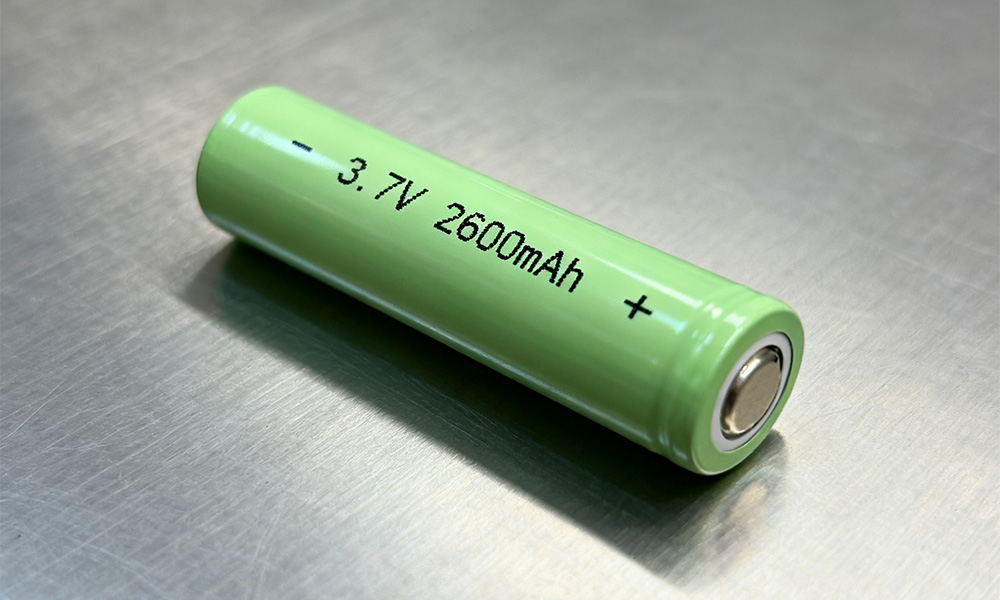Among all types of rechargeable batteries, the 18650 lithium-ion cell has almost become a universal symbol. Whether it’s used in flashlights, DIY projects, tools, or portable electronics, the label “2600mAh 3.7V” shows up everywhere.
But for anyone who’s ever tried to buy one, those numbers can be confusing — what do they really mean, and how much power are you actually getting?

What Those Numbers Really Mean
“18650” refers to the battery’s size: about 18mm in diameter and 65mm long — roughly the length of a finger.
“3.7V” is the nominal voltage of a single lithium-ion cell, while “2600mAh” is the rated capacity, meaning it can ideally deliver 2600 milliamp-hours of charge.
That sounds straightforward, but in reality, not all 18650s are created equal. Some cells genuinely reach the full 2600mAh, while others barely hit 2400mAh.
If you’re using it for low-power devices like LED flashlights, radios, or sensors, the difference won’t matter much.
But for high-drain applications like tools or custom projects, the gap in performance becomes quite noticeable.
Why Protection Circuits Matter
Many 18650 batteries now come with built-in protection circuits, often labeled as “PCB” or “BMS.” These are not just fancy marketing — they protect the cell from overcharging, over-discharging, and short-circuits.
For everyday users, that’s a big deal. It makes the battery safer and extends its life.
If you use batteries in tight spaces or hot environments — for example, in emergency lights, flashlights, or DIY kits — having that little circuit board can make a huge difference.
However, if you’re building your own pack (connecting multiple cells in series or parallel), pay attention to compatibility.
Protected batteries are usually a few millimeters longer than standard ones — sometimes up to 68mm — and may not fit snugly in all battery holders.
The Truth About Real Capacity
The number on the label doesn’t always match the performance you’ll get.
Many so-called “2600mAh” cells actually measure closer to 2400–2550mAh in real tests.
Only a handful of well-made cells deliver their full rating with low internal resistance and consistent performance across many cycles.
If your device draws heavy current — such as high-output LED lamps, power tools, or RC motors — you should pay attention to the discharge current rating.
Some cells are “energy-oriented,” designed for stable, moderate power use. Others are “power-oriented,” meant for short bursts of higher current.
Why Prices Vary So Much
You’ll find 18650 cells selling anywhere from just a few dollars to well over ten.
Cheaper ones often come from generic factories and are fine for simple devices.
The pricier options usually stand out in consistency, safety, and lifespan.
A quick rule of thumb: weight tells a lot.
A real 2600mAh 18650 typically weighs around 44 grams.
If it feels suspiciously light, chances are the internal materials have been “optimized” — and not in a good way.
What They’re Like in Real Use
For flashlights and LED lighting, 2600mAh cells perform quite well. They provide steady brightness and can last several hours on medium power.
For DIY projects, toys, or backup lights, this capacity range hits a sweet spot between runtime and cost.
But if you’re working on drones, e-bikes, or high-power tools that demand long, continuous discharge, a 2600mAh cell might not be enough.
You’d be better off moving to higher-capacity or high-drain models.

Bottom Line: Numbers Don’t Tell the Whole Story
“2600mAh 18650 battery 3.7V rechargeable” sounds like a standard spec, but behind those numbers lies a big difference in chemistry, build quality, and reliability.
For regular household use, a basic cell is usually fine.
For industrial, professional, or safety-critical applications, it’s worth paying a bit more for tested, high-quality cells.
The extra cost often translates to better consistency, fewer risks, and longer life cycles.
In the end, batteries are simple yet surprisingly complex.
What really matters isn’t just the label — it’s knowing how and where you’re going to use them.
Once you understand that, picking the right one becomes a lot easier.


Leave a Reply